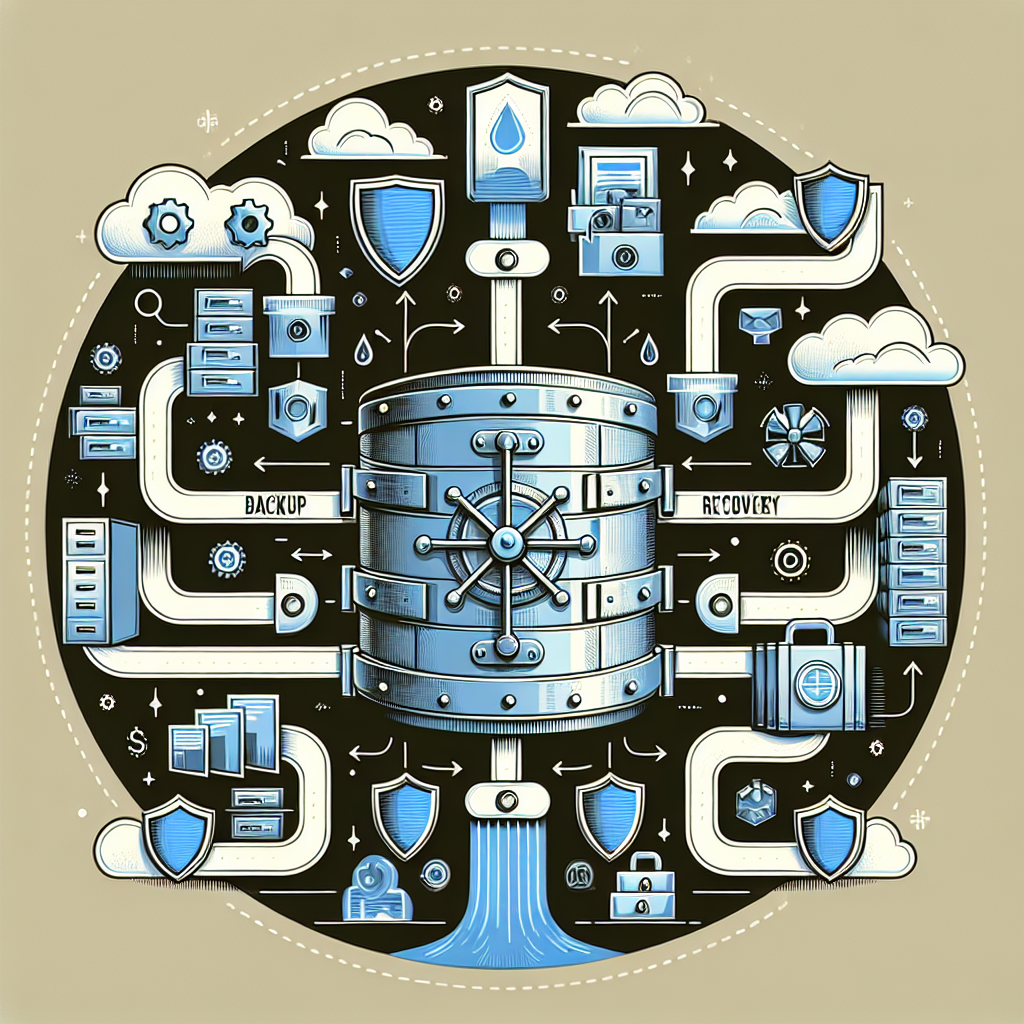Data loss can be a devastating experience for individuals and businesses alike. Whether it’s due to hardware failure, human error, or a cyber-attack, losing important files and documents can have serious consequences. That’s why it’s crucial to have proper backup and recovery strategies in place to prevent data loss and ensure that your information is safe and secure.
One of the most important steps in preventing data loss is to regularly back up your files. This involves making copies of your data and storing them in a separate location from your primary storage device. There are a variety of backup options available, including external hard drives, cloud storage services, and network-attached storage devices. It’s important to choose a backup solution that fits your needs and ensures that your data is protected.
In addition to regular backups, it’s also important to implement a data recovery plan. This involves creating a step-by-step process for restoring your data in the event of a loss. This plan should outline how and when backups will be performed, who is responsible for managing the backup process, and how data will be recovered in the event of a disaster. By having a well-defined data recovery plan in place, you can minimize downtime and ensure that your information is quickly restored.
Another important aspect of preventing data loss is to implement security measures to protect your data from cyber-attacks and unauthorized access. This includes using strong passwords, encryption, and firewalls to safeguard your information. Regularly updating your software and systems can also help prevent vulnerabilities that could lead to data loss.
It’s also important to educate employees on the importance of data security and best practices for protecting sensitive information. By training staff on how to properly handle and store data, you can reduce the risk of accidental data loss and ensure that your information remains secure.
In conclusion, preventing data loss requires a combination of regular backups, a well-defined data recovery plan, and strong security measures. By implementing these strategies, you can protect your data from loss and ensure that your information is safe and secure. Don’t wait until it’s too late – take action now to safeguard your valuable data.








